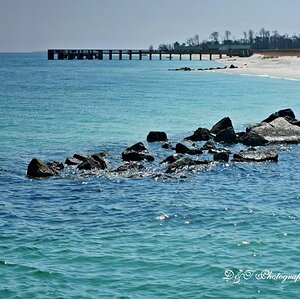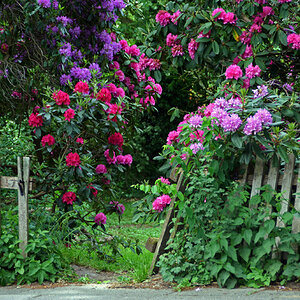flyingPhoto
TPF Noob!
- Joined
- May 29, 2021
- Messages
- 182
- Reaction score
- 14
- Can others edit my Photos
- Photos NOT OK to edit
big dif
and using photo shop to put the photo subject into the drivers seat of a camaro,,,, thats driving on the bottom of the sea world shark aquarium..
far to many "experts" on the you tube claiming thats the ONLY way to do photography these days.
ference between doing a dodge and burn...The best photographers, is an extremely opinionated ideal, because it not only involves the personnel preferences of a type of photography but also the medium of reproduction.
I chuckle when folks distain digital post process and praise the purity of film. My personal hero, Ansel Adams, describes it best in his book trilogy.
When Ansel shot a scene, he was not intending to duplicate what he saw but to present what he was envisioning in his head. Before, he pressed the shutter release, he drew upon his decades of knowledge. He knew what filters and their effect on specific brands of film. He knew how much each of his favorite films could be pushed or pulled by various developers. He knew that grade of photo paper he intended burn and dodge based on his expected negative density. Rare indeed is the individual that has mastered his methods.
As digital replaced film the software gurus found ways to not only simulate these effects but to introduce additional effect not possible with film.
So determining the current masters, it is a little like comparing apples and oranges or Bach and Bluegrass or the best beer. I always suggest looking at all the present photographic art works and study the artist or artists you like.
Good Luck
and using photo shop to put the photo subject into the drivers seat of a camaro,,,, thats driving on the bottom of the sea world shark aquarium..
far to many "experts" on the you tube claiming thats the ONLY way to do photography these days.


![[No title]](/data/xfmg/thumbnail/37/37520-d3e4d6582aa2781be7abf64e8651db45.jpg?1619738128)
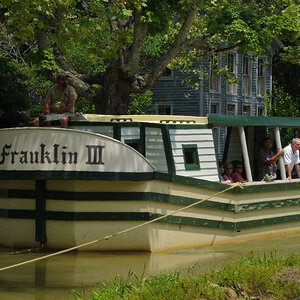

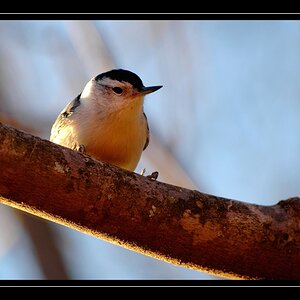
![[No title]](/data/xfmg/thumbnail/37/37491-9a5a4b87cc7adab94e5cc59f2da93701.jpg?1619738112)
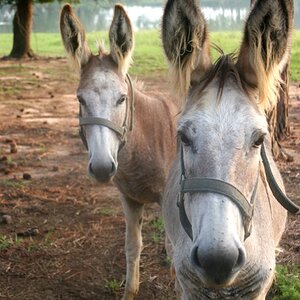
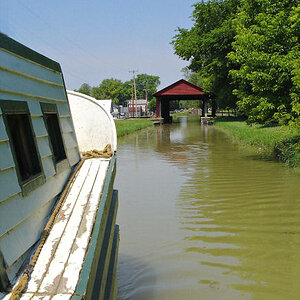
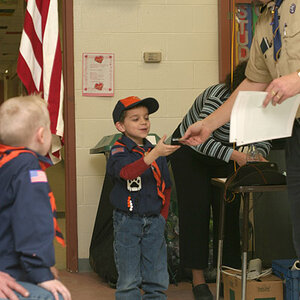
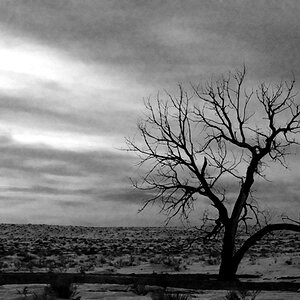
![[No title]](/data/xfmg/thumbnail/35/35586-d552a369f369a1796256b9df897a8d91.jpg?1619737061)
